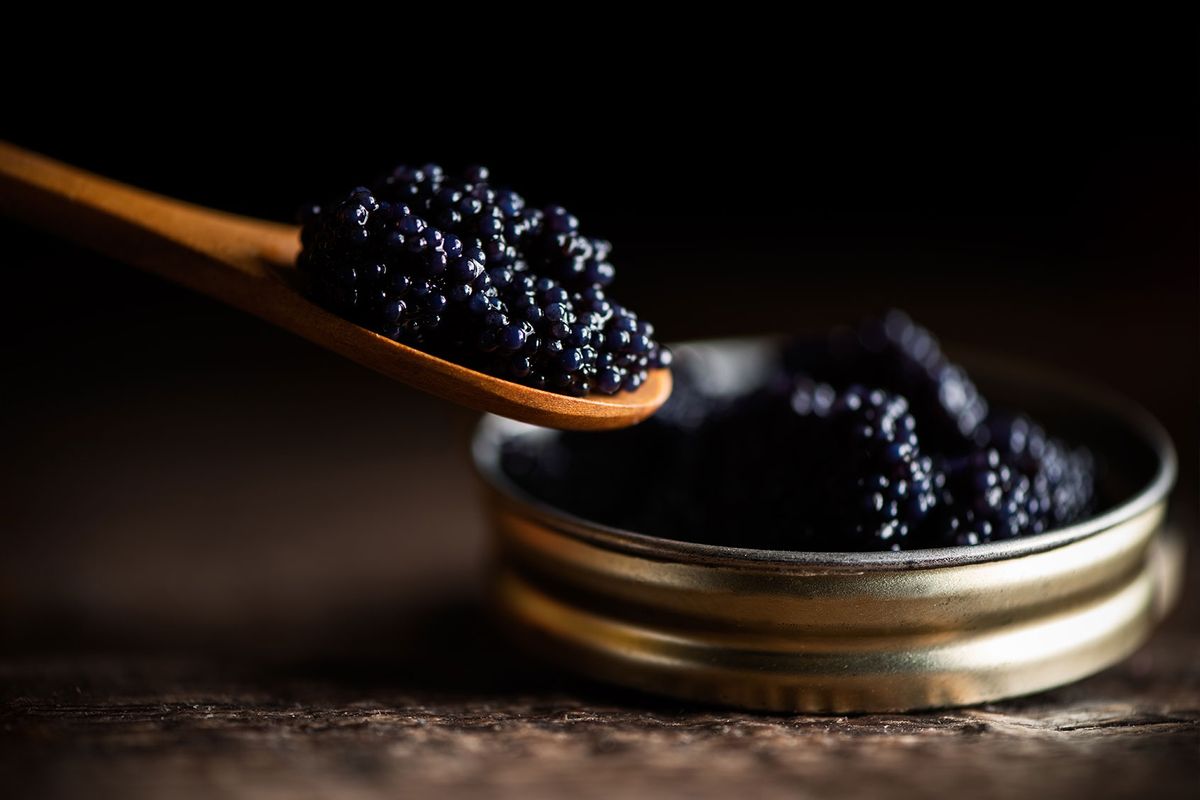The concept of luxury in food has undergone a profound transformation. Foods once considered exclusive to the wealthy – champagne, foie gras, and truffles – have become increasingly accessible. How did this shift occur? What do the wealthiest now consume? And what defines modern luxury foods?
Historically, festive foods such as champagne, foie gras, or truffles have been symbols of luxury. They hold a high symbolic value, often tied to refined cuisine and special occasions such as Christmas or birthdays. Unlike personal luxury items like watches or handbags, luxury food is inherently shared, creating moments of collective enjoyment, such as savouring fine wine with friends.
The evolving concept of luxury in food
Luxury food is a relative and subjective concept, changing across time, geography, and social classes. As Vincent Marcilhac notes in his book Le luxe alimentaire], products considered luxurious in one era may become commonplace in another. For example, sugar was a rare and expensive commodity in medieval Europe, reserved for the wealthy. Similarly, lobster, now a high-end delicacy, was a low-cost food for the impoverished in 19th-century America before the advent of railroads transformed it into a sought-after luxury item.
In France, luxury food remains a thriving sector. In 2021, gastronomy generated 49 billion euros in revenue, while wines and spirits accounted for 77 billion euros. The fine grocery market, valued at 9 billion euros by 2023, continues to grow, with over 5,300 specialty stores nationwide and promising growth prospects.
Democratization through industrialization and distribution
In recent years, luxury foods have undergone a notable transformation, becoming more accessible to the general public. This democratization has been driven largely by industrialization and the diversification of distribution channels, which have reshaped the availability and affordability of these products.
The industrialization of food production has significantly expanded access to items traditionally considered luxury goods. Mechanized production processes now allow for the mass production of products such as foie gras, which historically required labor-intensive methods. This shift has dramatically increased output, reducing both production and retail costs. As a result, foie gras has become more affordable and widely available, drawing in a broader consumer base.
The ways in which luxury foods reach consumers have also evolved. Once confined to specialty shops, items such as truffles and caviar are now commonly found in mainstream retail outlets, including major chains such as Carrefour and discount stores such as Lidl. These products are also increasingly accessible through online platforms and mail-order services, which cater to entry-level customers through private-label and industrial brands. This broadened distribution network has played a pivotal role in normalizing luxury foods and making them available at more competitive prices. Today, iconic luxury foods such as champagne, foie gras, and smoked salmon are predominantly distributed through supermarkets and hypermarkets.
Caviar illustrates this trend. Previously reserved for an elite few, it has seen 90% growth since the pandemic, with France emerging as the world's third-largest producer thanks to Siberian sturgeon aquaculture. The challenge ahead lies in further democratization, moving caviar from fine grocers to everyday grocery stores.
Rarity and exclusivity
Despite its democratization, luxury food has not lost its allure. For the wealthy, the distinction now lies in rarity and price. Consider caviar: while Baerii caviar costs around 1,600 euros per kilogram, Almas caviar – a rare delicacy from albino beluga sturgeon – can exceed 30,000 euros per kilogram. Similarly, Alba white truffles fetch prices ten times higher than Périgord black truffles, reaching up to 6,000 euros per kilogram. Champagne prices range from 15 euros in supermarkets to more than 10,000 euros for a bottle of Dom Pérignon.
Another manifestation of luxury is the experiential dimension – enjoying high-quality local products in their place of origin. Drinking a fine Burgundy wine at a vineyard, guided by the producer's storytelling, transforms a meal into an unforgettable, emotional experience. This "emotional luxury" underscores the value of authenticity.
Moreover, culinary luxury often takes the form of savoring a high-quality local product at its place of origin. The authenticity associated with these "localized" products adds to their perceived value. For example, enjoying an exceptional Burgundy grand cru while overlooking the vineyards where it was produced, after a guided estate tour with the winemaker sharing its story, elevates the experience. The moment becomes extraordinary – unique, emotional, and rich in sensory detail. This phenomenon can be described as emotional luxury.
In recent decades, rising middle-class living standards have democratized luxury to some extent. However, for a segment of the population, luxury food continues to embody its exceptional, costly, and often profoundly emotional essence.
Nathalie Louisgrand, Enseignante-chercheuse, Grenoble École de Management (GEM)
This article is republished from The Conversation under a Creative Commons license. Read the original article.



Shares